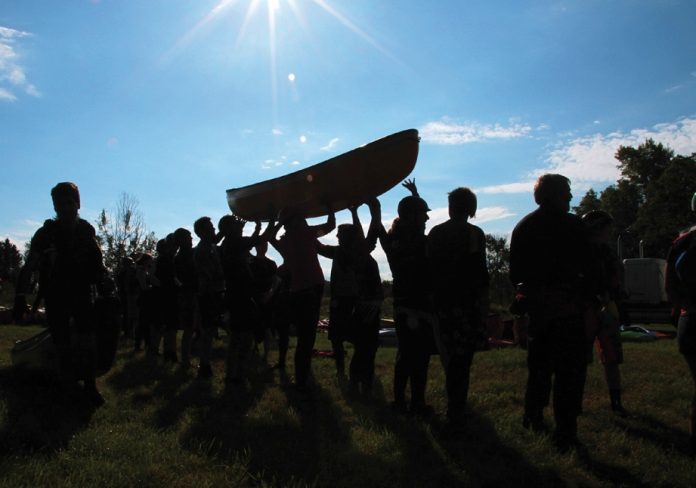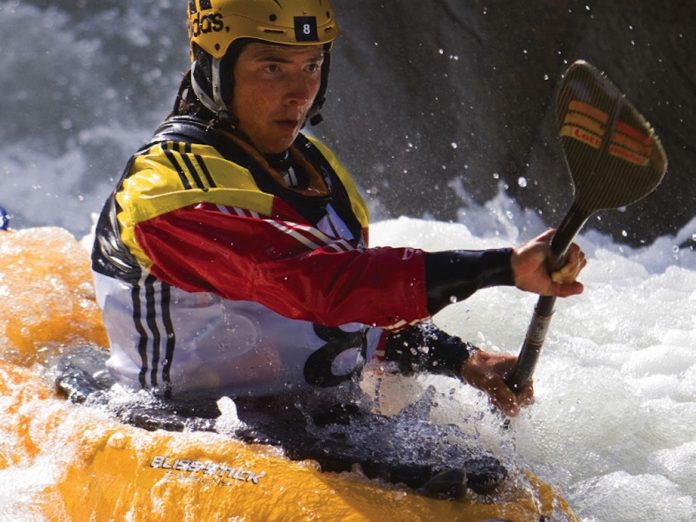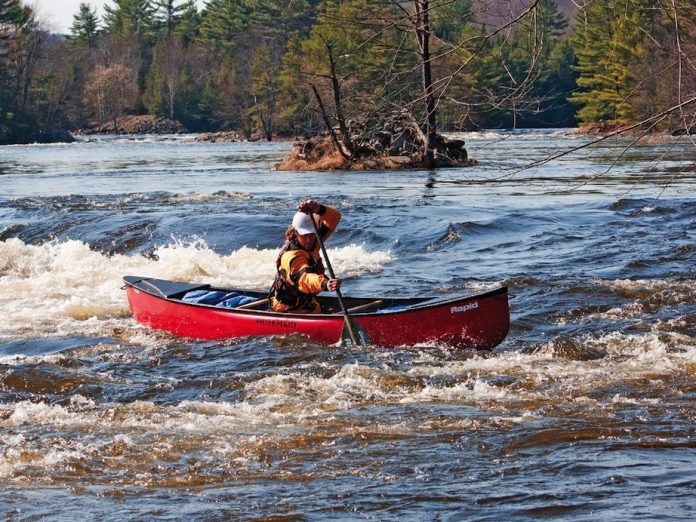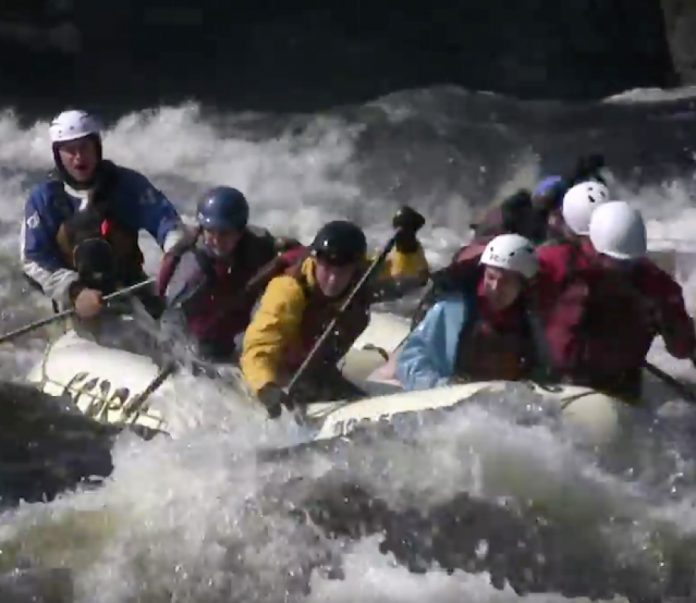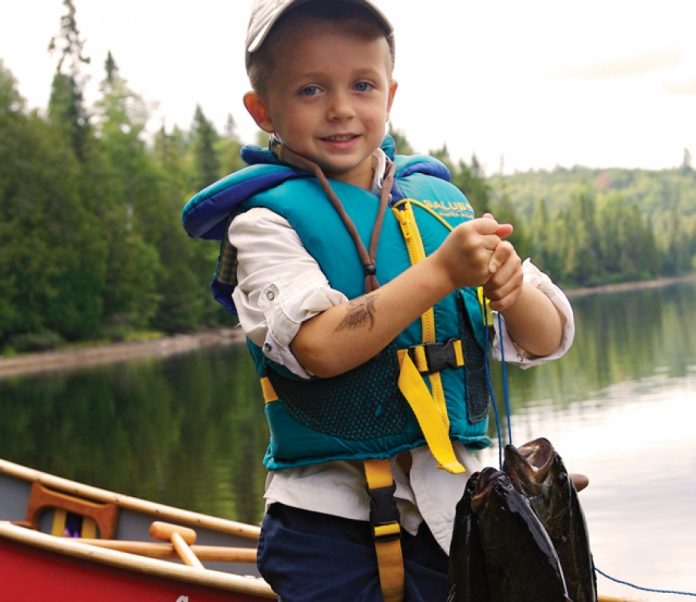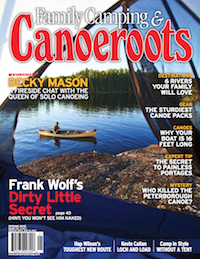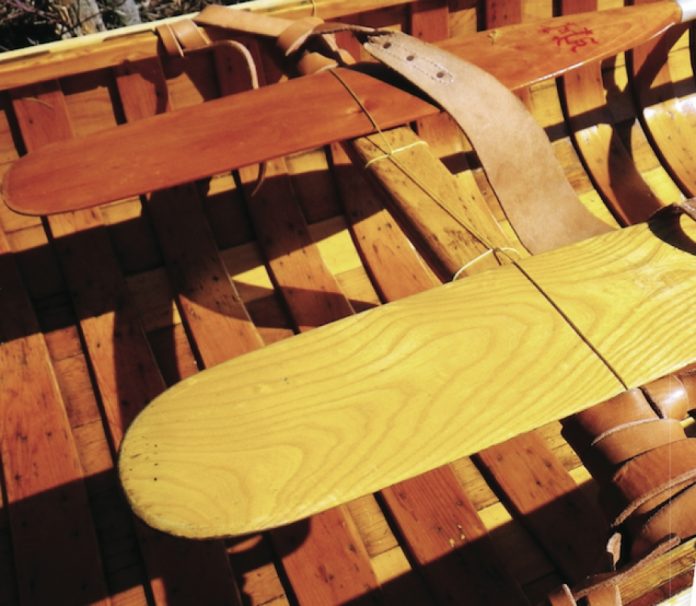If there seems to be more room in eddies lately, it may be because there are fewer hulking open boats taking up space.
Across the board, sales of OC1s are down, leaving some in the industry worrying that a cultural shift from canoes to kayaks is underway.
“We’ve dropped 70 percent in sales of open boats over the last 10 years,” says Chris Hipgrave, director of retail sales at Nantahala Outdoor Center (NOC) in North Carolina.
Kelly McDowell, owner of The Complete Paddler in Toronto, shows a similar ledger.
“There was a big drop in open boat sales two years ago, and it’s been slow ever since,” says McDowell.
Things look bleak on the supply side of the market. Dagger got out of the open boat market six years ago. Bell Canoe Works picked up Dagger’s popular Ocoee mold, adding to its slate of three hulls, but has recently stopped making canoes while the company looks for a new owner. Since announcing business woes in 2010, Evergreen Canoes—makers of the beloved Starburst—has also ceased production. That leaves Esquif, Mad River Canoe, Mohawk Canoes and now Wenonah to supply an OC1 market of questionable strength.
Jacques Chasse, owner of Esquif, says even with the exodus of canoe makers, supply exceeds demand.
“We have three or four models ready to develop, there’s just not enough market to justify new boats each year,” he says.
McDowell observes that those buying open boats tend not to be new to the sport, but older paddlers upgrading or replacing boats. Darren Bush, owner of Rutagbaga outdoor store and organizer of Wisconsin’s Canoecopia trade show, sees the same thing and is worried the issue might be generational.
“Twenty years ago, we used to sell four canoes for every kayak. Now it’s the opposite. And those who are buying canoes are 40- or 50-year-olds,” says Bush.
Bush says that most people buying open boats are coming across from learning to canoe in tandem models. “There are no beginner paddlers who come in and say, ‘I want to get into OC’. Thank you Red Bull,” says Bush, remarking that the kayak industry does a better job of portraying the sport as part of a racy lifestyle.
On that point, too, McDowell agrees. “Open boat videos are kind of boring compared to kayaking,” he concedes, a fact that might contribute to why The Complete Paddler is selling more whitewater kayaks even as canoes drop off.
Challenging this staid image, the recently released Canoe Movie 2: Uncharted Waters features talented young open boaters, pulse-quickening drops and exotic locations. But while filmmakers play catch up, the pro-kayaking trend is mirrored at Nantahala where Hipgrave reports last year NOC sold the most kayaks in its 40-year history.
Hipgrave says one of the main reasons for the dramatic shift in sales in the southeast is the feeder effect of hundreds of summer camps.
“Twenty years ago, all the camps were teaching kids whitewater in canoes. Now, except for a few hardcore canoe camps, they are all doing kayaking programs,” says Hipgrave, who points to the shorter learning curve and lower costs of kayaking.
Meanwhile, Claudia Kerckhoff-Van Wijk at Madawaska Kanu Centre in Ontario says their canoe program showed a steady growth compared to kayaking over the last 15 years, except for the past three years when canoeing held steady as kayaking demand increased. She says one of the ways they keep their canoeing component strong is to offer family weeks through the summer. Because of their versatility, canoes hold obvious benefits for paddling families.
Expanding on that family theme might be Esquif’s next move.
“If you start canoeing instead of kayaking, you will stick with it,” says Chasse of the effect of luring solo paddlers into open hulls while they are young.
Chasse says he could have an inexpensive whitewater boat for children aged seven to 10 years old on the water as early as next year. Of course, given the wreckage around him, he can be forgiven for spending time on shore scouting a line.
“I’ve been thinking a lot about it,” says Chasse. “I just have to convince myself it’s the way to go.”
This story originally appeared on page 16 of the Early Summer 2012 issue of Rapid magazine. Read the entire issue here.



